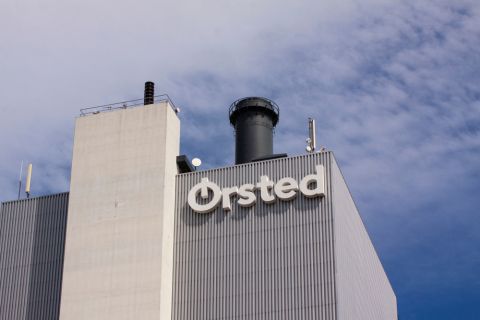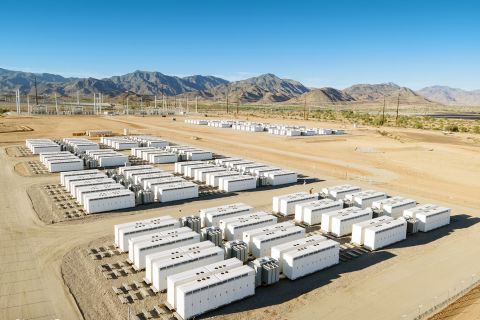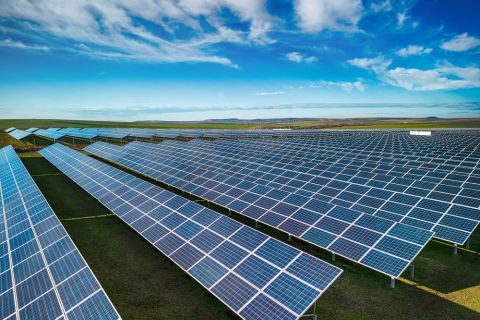As Qatar’s LNG outlook stagnates with no signs of future capacity additions, Australia is on track to emerge as the leading LNG producer if production pans out as planned.
The latest GBI Research report on the topic points to Australia’s abundant reserves, regulatory structure, incentives, projects underway, and the country’s location to potential customers with high energy needs as reasons why Australia could surpass Qatar.
Although Qatar, which currently holds the status of top global LNG exporter, had a liquefaction capacity of 77.5 million tons in 2011, compared to Australia’s 20.0 million tons. Qatar has no plans to increase its capacity by 2017. However, Australia hopes to increase its capacity to 117 million tons, according to GBI Research.
Despite predictions that LNG could surpass Qatar in LNG production by 2017, GBI Research said technical constraints and a labor shortage for export projects, among other reasons, could prevent Australia from reaching its capacity target within five years. Still, the country was heralded as “the most promising market in the world” and has potential to dominate the market.
“Recent offshore discoveries have found a huge abundance of reserves in the country, and the Australian government is providing strong support to the industry in the form of encouraging regulatory structure and initiatives,” the report stated. “Asia-Pacific acts as a big customer for LNG imports, fuelled by the region’s growing economies, and neighboring Australia is ideally positioned to become an LNG export hub meeting this need.”
Worldwide, LNG projects are expected to lead capex as companies plan more liquefaction and regasification terminals, mostly in the Asia-Pacific region, according to GBI. Key to that success will be FLNG terminals, which GBI called a “technology game-changer in the future LNG industry.”
‘Game-changing’ Technology
“In the near-future it is expected that 10% of LNG produced globally will be a product of natural gas extracted from offshore basins, which is around 40% less expensive than that from onshore natural gas projects,” according to the report. “Hence, FLNG terminals are expected to be a key development for the industry.”
Moreover, the advantages of FLNG infrastructure outnumber that of onshore LNG facilities. The report pointed out that FLNG technology is commercially attractive and eco-friendly:
- Natural gas liquefaction and processing can take place at the offshore production site, eliminating the need for pipelines to carry produced gas from fields to land for liquefaction and processing. This, the report said, saves money;
- Additional savings are realized by eliminating the need for compressors and allied equipment to compress the gas for pipeline transport; and
- The process also liquefies flare gas produced from offshore reserves, making the process more environmentally friendly because it helps reduce carbon emissions.
“Floating LNG terminals are advantageous over land-based terminals in that they have lower installation costs, speedier construction, and much higher mobility than the latter,” the report continued. “However, the risks associated with the implementation of FLNG projects are operational, performance, LNG market, and risks associated with the marketing of natural gas. Additionally, maintenance issues associated with floating LNG terminals could present some operational challenges.”
Currently, there are six total FLNG projects either planned or in the works for offshore Australia and offshore Papua New Guinea. These include one by Shell in Australia’s Prelude field, a project that could start by 2016 and ultimately have a processing capacity of 4 million metric tons, the report noted. Others include projects, scheduled for 2012-17 offshore Australia, by Petronas, Hoegh LNG AS (which has two FLNG projects), Liquid Niugini Gas Ltd., and PTT FLNG Ltd.
Others Vie For Position
Australia and Qatar won’t be alone in the LNG game. Other countries are getting into the action as major gas discoveries are made, especially in the East African countries of Kenya, Mozambique, and Tanzania. And the report noted that low production costs, along with massive gas finds, allow these countries to pose a threat to Australia and Qatar.
Four of Anadarko’s discoveries in East Africa – Windjammer, Barquentine, Lagosta, and Camarão – combined potentially have more than 17 Tcf to 30 Tcf of recoverable gas, the report pointed out, noting that the company and others also have made finds.
“The advantage these East African countries have is that the discoveries of natural gas are significant, have geographical proximity to the Asian market, and also have the potential to compete in terms of LNG prices with leading exporters such as Qatar and Australia,” the report explained. “To tap these advantages, international E&P players such as Royal Dutch Shell, BG Group, Eni SpA, and Anadarko Petroleum are expected to close deals to have a first-mover advantage in East African exploration for natural gas. A major expected benefit associated with natural gas produced from East Africa is an increase in the competitiveness of prices.”
Despite the advantages, challenges remain for the region. GBI mentioned the region’s “poor LNG infrastructure, unskilled manpower, unpredictable regulatory and operating environments, and piracy in the sea waters” as areas of concern.
Substantial gas reserves in the Arctic region also could boost its position as a major LNG producer, according to the report. But the region also has its challenges, most notably its geography and cold temperatures which could impact logistics involved in transporting modules for liquefaction terminals. The characteristics of permafrost, the report continued, also pose a challenge by potentially prohibiting terminals to be built due to the unsafe structural stability of soil.
While it may take time before countries realize the LNG potential, the report noted that LNG trade continues to increase. Trade increased from 157.6 million metric tons in 2006 with 16 participating countries to 233.1 million metric tons with 25 active countries. The top five LNG exporters were Qatar, Malaysia, Indonesia, Australia, and Nigeria in 2011. The top five LNG importing countries at the time were Japan, Korea, Spain, UK, and China.
“Investments in LNG projects are set to steadily increase during the immediate future, with global capital expenditure for upcoming LNG projects estimated to exceed US $200 billion over the 2012-17 period,” according to GBI.
Contact the author, Velda Addison, at vaddison@hartenergy.com.
Recommended Reading
EDF Renewables Secures Investment in Solar Energy Storage Project
2024-09-02 - Power Sustainable Energy Infrastructure acquired a 50% stake in EDF Renewables North America’s Desert Quartzite Solar+Storage Project in California.
Ørsted, Mission Clean Energy Form Energy Storage JV
2024-08-08 - The initiative marks Ørsted’s first standalone battery storage partnership in the U.S. and globally.
Intersect Power Taps Tesla for Energy Storage Systems
2024-07-18 - Intersect Power is one of the largest buyers and operators of Tesla’s Megapack battery energy storage system.
Enlight Begins Operations at New Mexico Solar Project
2024-09-12 - Enlight Renewable Energy has started initial operations at its $827 million Atrisco Solar and Energy Storage project, which will reach full commercial operations over the coming weeks.
Woodside to Acquire OCI’s Texas Clean Ammonia Project for $2.35B
2024-08-05 - Woodside’s purchase of OCI Clean Ammonia Holding’s project, which is under construction, is targeting first ammonia production scheduled for 2025 with lower-carbon ammonia following in 2026.





